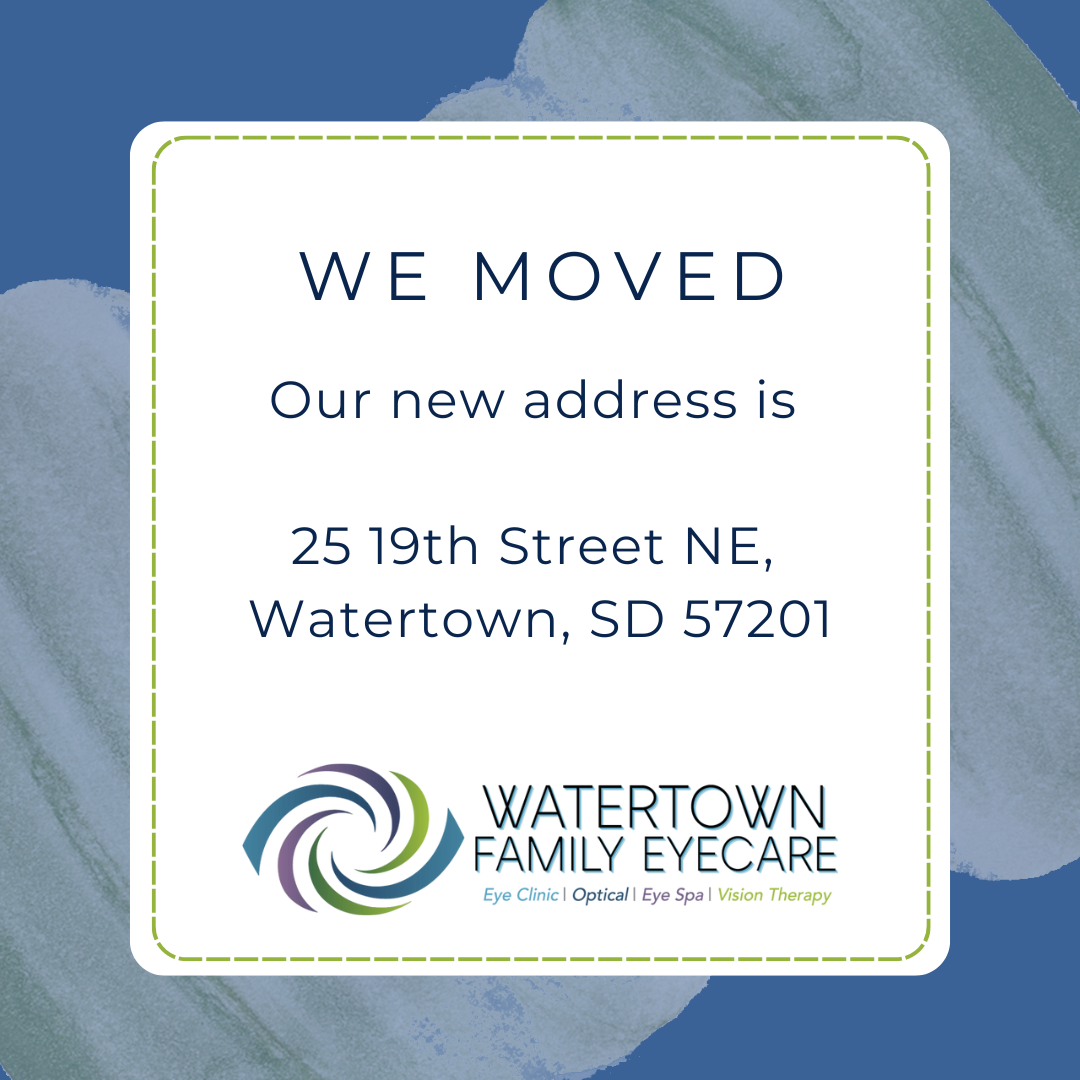
Contact lenses are the more recent form of corrective eyewear developed. They are also the most diverse. Contact lenses have significantly evolved since they were invented over a hundred years ago.
Today, different types address different requirements of patients depending on their eye conditions. While the designs have many variations, they all fall under two main categories, and their maintenance is usually similar.
Different Types of Contact Lenses
The first contact lenses were made of glass, followed by ones made of plastic. Glass and plastic were joined by softer materials, making way for flexible soft contact lenses. The hard contacts evolved into the modern rigid gas permeable lenses, seeing more applications for special eye conditions.
Soft Contact Lenses
These are the most common and popular types of contact lenses because of the comfort they provide. They usually take the form of your cornea, making them comfortable and easier to adjust to. They used to be made from soft plastic, but they are now usually made of silicon-hydrogel that allows more oxygen.
Rigid Gas-permeable
These lenses are made from plastic but have evolved to better designs and materials that allow more oxygen through. They usually maintain their rigid shape, which can be uncomfortable for many. But their rigidity is also their main advantage for the eye conditions that they are used to treat.
Variations of Contact Lenses
Contact lenses usually differ in their length of wear and their design.
Length of Wear
Daily disposable lenses - You wear and dispose of them daily at the end of the day.
Extended-wear lenses - Lenses you wear for a week to four weeks, depending on the type.
Design
Scleral lenses - These lenses have a larger diameter and rest on the white part of the eye instead of the cornea.
Toric lenses - These lenses usually have different powers in multiple places across the lens and are used to correct astigmatism.
Bifocal and multifocal lenses - These lenses usually have two or three powers that transition across the lens. They are best for people who have both hyperopia and myopia.
How to Take Care of Your Lenses
Hygiene
One of the first things you must ensure you do when using your contact lenses is to improve your hand hygiene. Putting on and taking out your lenses involves touching your eyes with your fingers, exposing you to infection. You must remember to wash your hands whenever you want to handle your lenses, wherever you are.
Storage
If you have extended-wear lenses, you must be keen about leaving your lenses in your lens solution every night. Leaving your lenses on while you sleep leaves your eyes deficient in oxygen, exposing you to infection. Also, leaving your lenses without the solution lets the debris collect on the lens.
Replacement
When you get contacts, you will also get a replacement date from your eye doctor. You may think that extending the use of the lenses is a smart move to save money, but it can be dangerous to your eye health.
For more on contact lens care 101, visit Watertown Family Eyecare at our office in Watertown, South Dakota. Call (605) 753-3937 to book an appointment today.







